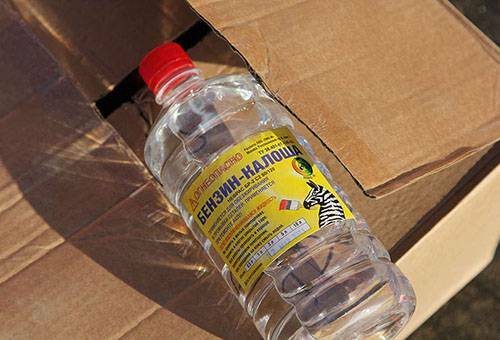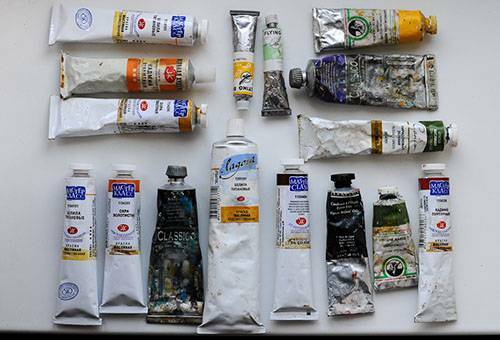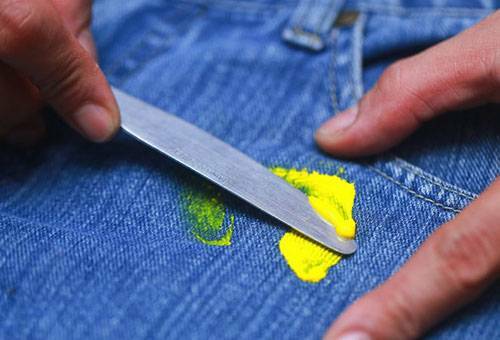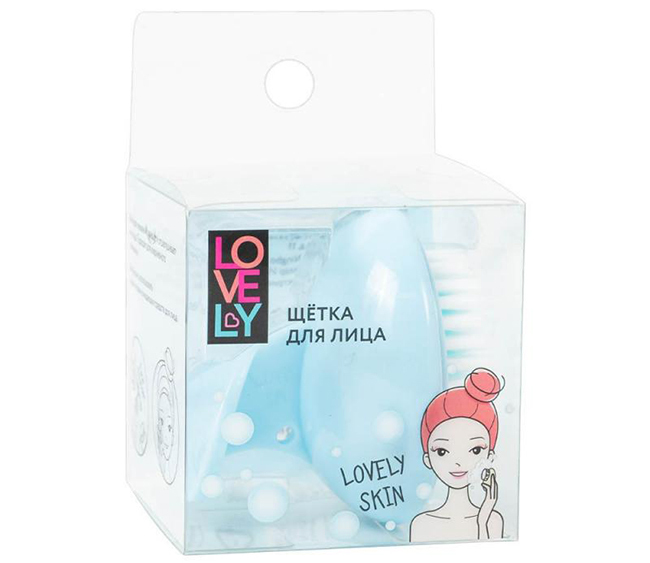Contents:
- Defining the types of paints
- How to remove water colors from clothes?
- Technique for the removal of latex and acrylic paints
- Oil and enamel paints are the most malicious
- Separate garments
At first glance, it may seem that the stains of paint, dirty jacket or trousers, can not be disposed of ever in life. However, do not rush to panic and throw away the spoiled thing;try to figure out how to remove paint from clothes. The main thing is to get down to work while it's hot, that is, to try to remove the stain while it's still fresh and the paint has not managed to fix thoroughly.

Define the types of paints
First of all, let's do a little research and determine what kind of paint left such impressive traces on the fabric. The question is, what to wipe off the paint from the clothes - what kind of solvent should be used at home. All dyes can be divided into two groups: water-soluble and all others, based on various solvents.
How to remove water colors from clothes?
Water-soluble - it's watercolor, gouache, tempera, water-emulsion.
- Fresh spots of watercolor and gouache can be tried in cold water with simple soap. If the stains are old, repeat the procedure, after soaking the cloth for 15-30 minutes.
- Gouache, which contains an adhesive and oil base, may require more attention and time. Clear a simple and dense fabric( jacket or trousers, for example) is not difficult with the help of improvised home remedies. It is enough to prepare a solution of ammonia and oxalic acid, taken in equal parts. The second option: glycerin, ammonia and denatured( normal technical) alcohol. Wrap the cloth in the solution for half an hour and wash the paint.
- The temperature of is intermediate in its composition between water and oil paints, so remove the stain from it better in the same way as get rid of the oil.
- The aqueous emulsion paint , which is an aqueous emulsion made of pigment and fine polymer particles, can easily be washed in soapy water. Washing of working pants, stained with water-emulsion, will not be difficult.
Delicate fabrics - silk, cambric, velvet - it is better to clean with the help of reliable household chemicals: Vanish, "BOS".
Advice
Take precautions when you start removing the stain: place several layers of paper towel or loose cotton cloth from the wrong side. Handle the stained area with movements directed from the edges to the center, and not vice versa - to avoid smearing the stain. It is not to be hoped that the stain will disappear immediately, it must first dissolve.

Technique for the removal of latex and acrylic paints
Latex and acrylic paints are also considered water soluble, but if more than three hours have elapsed since the appearance of a stain from paint on clothing, washing alone will not be enough. A fresh, just "seeded" spot should be gently bloted with absorbent material to get rid of the paint as soon as possible until it has absorbed into the fabric. Remove the dried paint will become more difficult.
To wash the acrylic and latex paints, you should rub the soiled fabric under a stream of cold water, and then load it into the machine together with the active detergent and choose the longest mode with a temperature of not more than 30 degrees. If this does not help, rub the ill-starred spot with a brush with the detergent applied on it and then scroll again in the car.
Try to scrape off the dried paint or even remove it with a cutting tool if it is a thick layer. Then you can start washing the above method. In case of failure it remains only to resort to the help of "White Spirit" or gasoline. These means tend to "mark" clothing with a persistent smell. To get rid of it, do not forget to thoroughly rinse and ventilate the product.

Oil and enamel paints - the most malignant
Let's see how you can wipe the paint off your clothes, clean your trousers or cloak. Strong means are not applicable to any kind of fabric. Therefore, whatever you choose, you should first make sure that the fabric does not suffer. Do a test on a barely visible piece of clothing, on the inside pocket or some sort of lapel pants. Special care will require artificial tissues.
Algorithm for working on spots
- Oil paint, if it is a crust, should first be scraped off or removed in another way.
- Then moisten the stain with gasoline or turpentine. Suitable and solvents 646 and 647. In difficult cases, you can remember about acetone. Gasoline should be bought in the store of household goods special purified, and not pour it from the car canister.
- When the paint is softened, remove it with careful movements using cotton-tampons.
- The color pigment is gone, there is a dirty greasy stain left. Wipe it with a solution of ammonia or warm, warmed-up glycerin. Option - a dishwashing detergent that breaks down fats.
- Now you can start washing( manual or machine, if you are not afraid of getting dirty camera and plum machine).Use a regular powder, and if the fabric allows, add a stain remover.
- The dried paint, which had already absorbed into the fibers of the material, must be thoroughly softened - soak with turpentine or kerosene for several hours or even leave it overnight. To do this, the stain is covered with a water-wet tampon and polyethylene film. Of course, the fabric thus fits on a clean absorbent surface. To clean the stain completely, use the above techniques or strengthen them using a brush with vegetable oil. After the pigment has completely disappeared, it will be necessary to remove the remaining traces of fat in a known way.
- Enamel paints are considered to be the most resistant. They can be influenced by the same methods, using the most aggressive means: acetone, a variety of solvents, turpentine. But do not get too carried away so as not to dissolve the fabric and not to erase its pattern.

Separate garments
Oil and enamel paints are pretty corrosive, and it is worth considering how to wash the paint off clothes from different materials.
- Leather jacket or trousers should be "saved" with the help of vegetable oil: olive, castor or sunflower. Do not spare the oil, more often replace the cotton swabs with which you wash the paint, and you will succeed. Oily traces from the jacket can be removed with a normal household soap or dishwashing liquid.
- Similarly, you should get rid of stains on wool products. The remaining traces of fat should be filled with starch or talc, press this layer with a press, and when dry, brush and wash.
- Thin silk is processed with warm alcohol, then washed with soap in salted water.
- To wash the white cotton fabric, first prepare the gruel from white clay and gasoline and leave for two or three hours. Once the gasoline has evaporated, the gruel is removed and the laundry is started. You can add stain remover to the water or bleaches already mentioned. Another original way: to prepare a mixture of a planed piece of laundry soap, one tablespoon of soda and a liter of water. In the boil-dried liquid, lower the soiled fabric for 10 seconds, then wash it with the stain remover.
- Jeans jacket or trousers can be cleaned well with gasoline or kerosene, and then sent to the laundry.
To wash the paint of this or that type is most often possible without negative consequences for your favorite things. The main thing is not to try everything in a row, but to choose a remedy depending on the substance based on the coloring composition.



